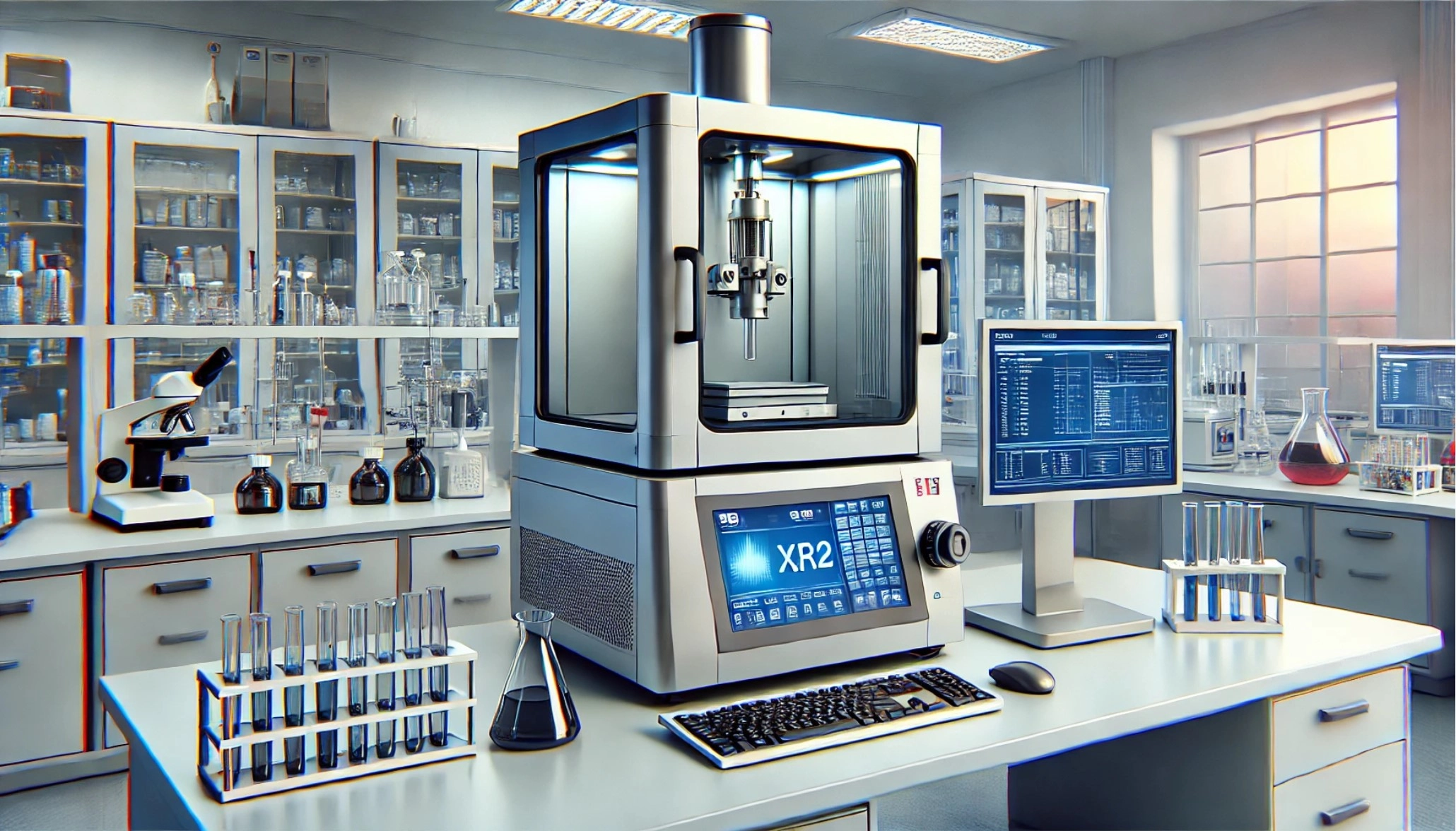
The Best X-Ray Analytical Equipment: A Buyer's Guide to Price and Features
X-ray analytical equipment is essential for non-destructive analysis and characterization of materials. These instruments are widely used in fields such as materials science, chemistry, pharmaceuticals, and geology for analyzing the structure, composition, and properties of various samples. Choosing the right X-ray analytical equipment involves considering factors such as precision, versatility, and safety. This guide provides an overview of different types of X-ray analytical equipment, key features to consider, and a price guide to help you make an informed decision. X-Ray Diffraction (XRD) Systems are used to determine the crystalline structure of materials. By measuring the diffraction patterns of X-rays passing through a sample, XRD systems can identify and characterize crystalline phases, crystallite size, and stress in materials. XRD is widely used in materials science, geology, and chemistry. Applications: Phase identification, crystallography, stress analysis, and thin film analysis. X-Ray Fluorescence (XRF) Spectrometers detect the secondary X-rays emitted by a material when it is excited by a primary X-ray source. XRF is a non-destructive technique used for elemental analysis and chemical composition determination. It is used in environmental testing, mining, metallurgy, and quality control. Applications: Elemental analysis, metal alloy identification, environmental testing, and quality control. Micro X-Ray Fluorescence (Micro-XRF) Systems offer localized elemental analysis with high spatial resolution. Micro-XRF is used for mapping the distribution of elements across small areas of a sample, making it ideal for analyzing heterogeneous materials, coatings, and small inclusions. Applications: Surface mapping, thin film analysis, forensic analysis, and electronics testing. X-Ray Photoelectron Spectroscopy (XPS), also known as Electron Spectroscopy for Chemical Analysis (ESCA), is used to analyze the surface chemistry of materials. XPS provides information about elemental composition, chemical state, and electronic state of the elements within a sample's surface layer. Applications: Surface chemistry analysis, thin film characterization, catalysis research, and semiconductor analysis. X-Ray Computed Tomography (XCT), also known as micro-CT or nano-CT, is a non-destructive imaging technique that provides detailed 3D images of the internal structure of a sample. XCT is used to study the morphology, density, and internal features of materials and biological specimens. Applications: Material science, geology, life sciences, and industrial inspection. X-Ray Absorption Spectroscopy (XAS) measures the absorption of X-rays as a function of energy, providing information about the electronic structure and local environment of specific elements. XAS is used to study the oxidation state, coordination geometry, and electronic properties of materials. Applications: Catalysis, environmental science, materials characterization, and biochemistry. High sensitivity and resolution are crucial for detecting and analyzing low concentrations of elements and fine structural details. Choose X-ray equipment with advanced detectors and high-resolution capabilities to ensure accurate and detailed analysis. Consider the versatility of the equipment to handle different types of samples and analysis requirements. Systems that support multiple techniques or interchangeable components offer greater flexibility for various applications, such as powder analysis, thin films, and bulk materials. Automation features, such as auto-samplers and automated data analysis, can significantly enhance productivity, especially in high-throughput environments. Look for systems that offer automated sample handling and analysis to improve efficiency and consistency. Advanced software is essential for controlling the X-ray equipment and analyzing data. Look for user-friendly software with features such as automated peak integration, phase identification, data processing, and comprehensive reporting tools. Compatibility with laboratory information management systems (LIMS) can further streamline workflows. Safety is paramount when working with X-ray equipment due to the potential hazards of X-ray radiation. Ensure the equipment includes safety features such as radiation shielding, interlocks, warning lights, and emergency shut-off mechanisms. Regular maintenance and compliance with safety standards are essential. Consider the ease of maintenance and availability of technical support. X-ray analytical equipment with accessible components, clear maintenance protocols, and reliable customer support ensures long-term reliability and minimizes downtime. Regular calibration and servicing are also important for maintaining accuracy and performance. Selecting the best X-ray analytical equipment involves considering factors such as sensitivity, versatility, safety, and data analysis capabilities. By choosing high-quality equipment that meets your specific needs, you can enhance the accuracy, efficiency, and reliability of your analytical studies. For more detailed specifications or to view models, visit LabX.com to browse products and gain additional insights to help in making the best choice for your lab's needs.
Precision, Versatility, and Safety are Key Considerations to Find the Best X-Ray Analytical Equipment at the Best Price
Types of X-Ray Analytical Equipment
1. X-Ray Diffraction (XRD) Systems
2. X-Ray Fluorescence (XRF) Spectrometers
3. Micro X-Ray Fluorescence (Micro-XRF) Systems
4. X-Ray Photoelectron Spectroscopy (XPS)
5. X-Ray Computed Tomography (XCT)
6. X-Ray Absorption Spectroscopy (XAS)
Key Features to Consider When Buying X-Ray Analytical Equipment
1. Sensitivity and Resolution
2. Versatility and Flexibility
3. Automation and Throughput
4. Software and Data Analysis
5. Safety Features
6. Maintenance and Support
X-Ray Analytical Equipment Price Guide
View all X-Ray Analytical Equipment Listings on LabX.com










